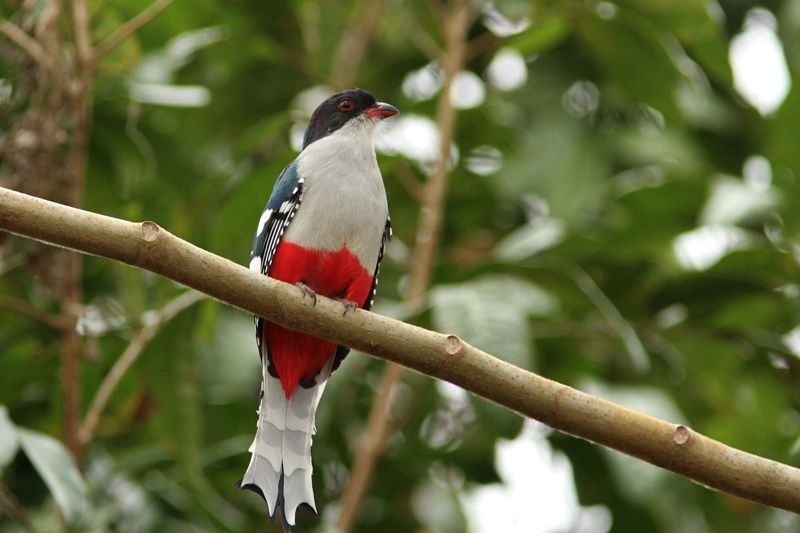
By Eloise Barker
Eloise Barker has been writing about nature and travel since 2016 and has written for Euronews, The Independent, and The Mirror. She is a travel writer for Responsible Travel, which runs a number of birdwatching holidays.
Cuba holds an unusually rich birdlife for its size: roughly 400 recorded species, including 28 that occur nowhere else. Among them are some of the Caribbean’s most sought-after specialties —the Bee Hummingbird, the world’s smallest bird, plus species like the Cuban Tody, Cuban Trogon, Cuban Solitaire, and the Zapata Wren. For birders, it is a destination where many exciting endemics are possible, but also where many of those same endemics are under severe threat.
Cuban Tody
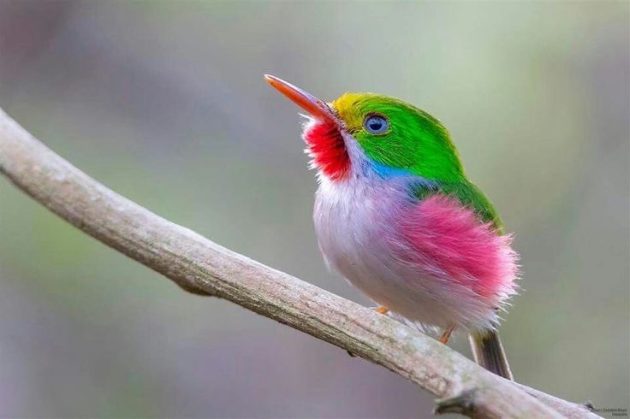
Several endemic species — the Giant Kingbird, Gundlach’s Hawk, Blue-headed Quail-dove, Cuban Palm Crow, and Fernandina’s Flicker — are listed as endangered by the IUCN. The Cuban Kite is critically endangered, the Zapata Rail is rarely seen, and the Cuban Ivory-billed Woodpecker, last confirmed in 1987, is almost certainly extinct. Habitat loss, hunting, and wildfires continue to erode populations. Cuba’s economic and political isolation has led to economic problems, a lack of outside funding, and less knowledge sharing for its conservation community.
Blue-headed Quail-dove
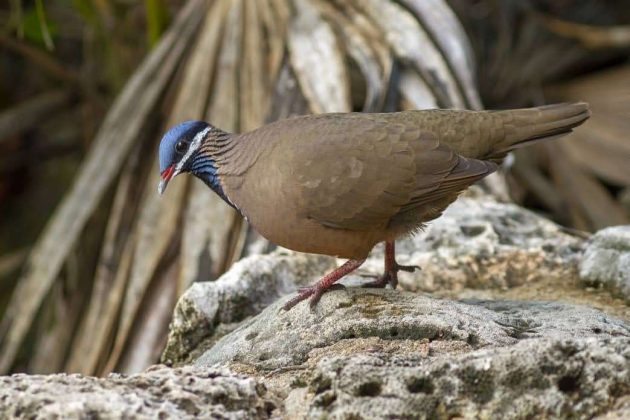
Despite the pressures, Cuba is a rewarding birding destination. Winter migrants from across North America converge on the island. “They are more concentrated than in their usual range,” explains Yuri Napoles, a Cuban guide, working since 2004. “You can see five, six, seven species that you’d have to travel far across the US to see, all in the same tree.”
Cuban Trogon
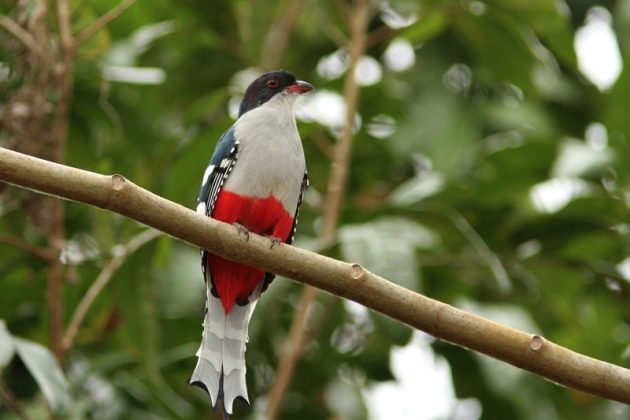
To encourage tourism and protect the island’s birds, Napoles has set out to strengthen the foundation of Cuban birding tourism: the guides themselves. “There’s no school or training course or national training course for local guides – most of them learn by doing,” says Yuri, who worked as a scientist and environmental researcher before guiding. Lack of formal training can lead to practices that, while satisfying to tourists, risk long-term harm to the birds. Approaching nests too closely, disturbing nocturnal roosts, or relying heavily on playback may all have negative consequences.
Bee Hummingbird
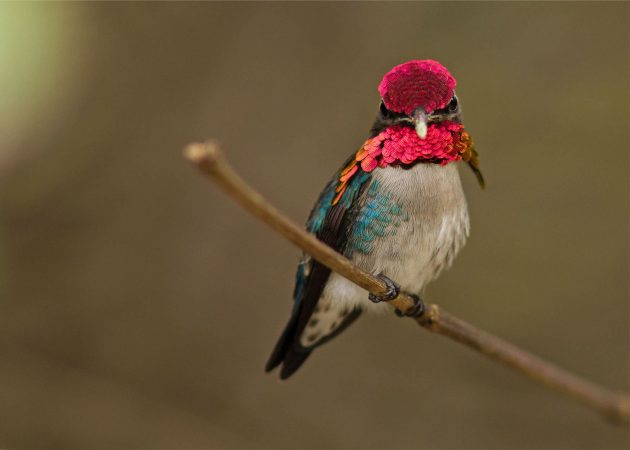
In 2024, with support from travel company Cuban Adventures, Napoles developed a free training program for Cuban birding guides. The first course, held in the Sierra del Rosario Biosphere Reserve over two days, combined classroom sessions with fieldwork. Eight guides attended, learning not only principles of ethical guiding but also how to interact with guests.
Cuban Green Woodpecker
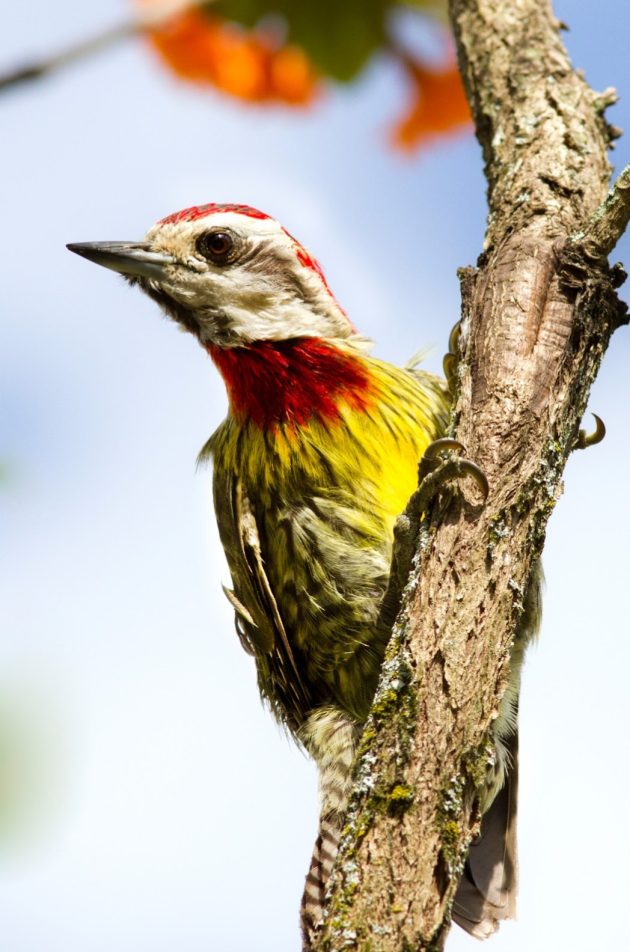
Napoles stresses careful use of playback, “In very specific situations where it’s really necessary, and not in heavily birded areas where it could affect the behavior of local birds.” He discourages spotlighting of nocturnal species, pointing out that powerful modern lights can damage birds’ vision. And he emphasizes setting realistic expectations: that Cuba’s endemics cannot all be seen in one visit, and that nocturnal species, like the Cuban Nightjar or Bare-legged Owl, are best left undisturbed in their roosts.
Black-throated Blue Warbler
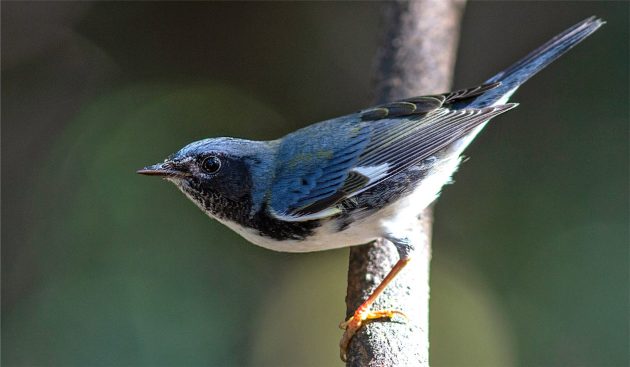
For all the expectation-setting, birding always offers surprises. In October 2023, while birding the Zapata Peninsula with a group, Napoles spotted what at first looked like a Northern Waterthrush along a causeway. Closer views and photographs revealed it to be a Hermit Thrush – a very uncommon winter resident, which has only been sighted a handful of times on the island. “We informed the ornithologist and made the report right away,” he recalls. Such moments highlight the unpredictability of birding on the island.
Northern Parula
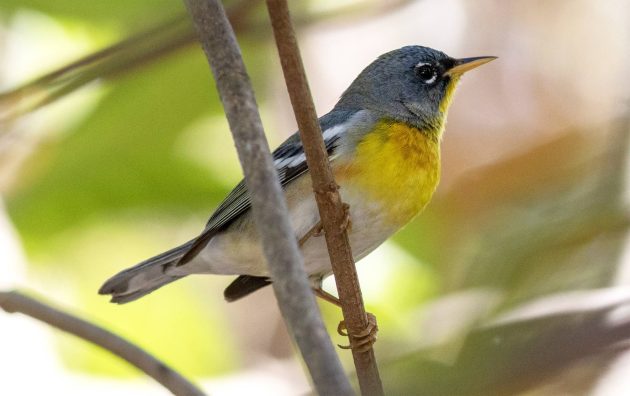
Napoles hopes to expand his training initiative to more guides across Cuba’s national parks, using the low tourism season for workshops. In the high season, he remains fully engaged in leading tours — where, as he notes, the learning never stops. “I’ve found that nature lovers are open-minded and very positive people. I love to work with people like that: it’s a great education. And I’m still learning – it’s a never-ending learning process.”
Western Spindalis
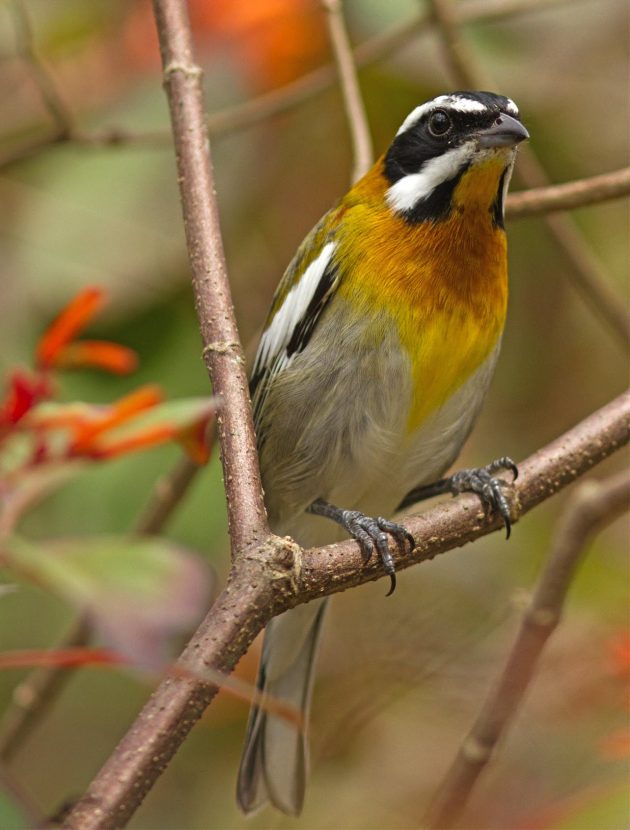
All photos courtesy of Cuban Adventures.




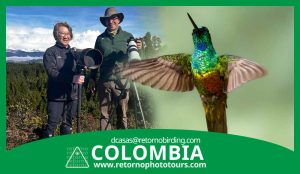
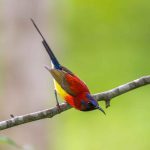
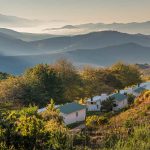
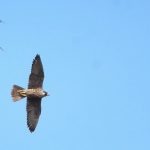




Eloise Barker, this is a fantastic post. Thank you so much for taking the time to write it. You really hit the nail on the head with both your narrative and your photos from Cuban Adventures. Thank you also for highlighting the important efforts of Yuri Napoles. His insights and words are refreshing. I went to Cuba in 2006. It was my first international trip. Many international trips later, Cuba remains one of my very favorites and one of the best. Of the birds you picture – I missed the Blue-headed Quail-dove and the Bee Hummingbird. Of those you write about, I saw Giant Kingbird, Gundlach’s Hawk , Cuban Palm Crow and Fernandina’s Flicker. There were other challenging birds to see that we both saw and missed. The Bare-Legged Owl story is not a good one. I mean, honestly, of all of the todys, I believe the Cuban Tody is a superstar. I am always on a search for how to return. Although it is possible, it is not so easy for Americans. But birders from any other country should not be deterred. I recommend going even perhaps with Responsible Travel. Spend some money. Your visit will help Cuba and it will help the birds and you will be charmed. I wrote this long comment without mentioning a word of how I feel about the US/Cuba political relationship. 10,000 Birds is a birding site and I respect that.
While the reasons are very sad, Cuba may actually become one of the great conservation successes of our times, much like the DMZ between the two Koreas. When I asked a Cuban friend about habitat destruction on the island, he said that the forest is actually growing again as large numbers of Cubans abandon their homeland. Another friend, who still works there, confirmed that the population of the town where he lives with his family has dropped from a high point of 14,000 to a current population of only 8,000. The quality of tourism is apparently declining significantly, as the government can no longer provide the basics even for tourists who would otherwise bring in foreign funds. But I imagine the birding is getting better and better.
This is very sad Paul. Your statement, “the government can no longer provide even the basics”. This may have been true even when I was there in 2006, the food was good, but marginal—tiiny anemic tomatoes picked too soon served as the vegetable. We were told that the best food is reserved for tourists. Yes, great for conservation, but I always try to remember that there are people involved here too. 2006 was 20 years ago. The Cuban people were lovely, funny and generous. They are, no doubt, more desperate now. A friend went to Cuba with a health care conference in the later teens. Her handbag was snatched from beneath her restaurant chair and no one had noticed until it was time to pay the bill. Still, if I could get to Cuba legally, I would go in a heartbeat. And, I would go birding. I consider my 2006 visit one of the highlights of my lifetime experiences and birding career. Birders – don’t be deterred.
An encouraging story, despite the obvious problems birds (and people) face in Cuba. The photographs are a great advertisement for birding in Cuba.